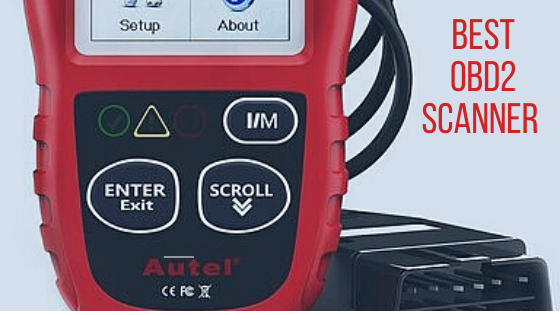OBD which stands for On-Board Diagnostic system is used on all of today’s foreign and domestic vehicles. There are two OBD systems, the first one known as OBD (now referred to as OBD1) and the second generation — OBD2 (OBD II).
This OBD II software system was introduced in the mid-’90s which was essentially an update of the first version, OBD1. The updated version has much more control of the engine cycle and performance, considering to be the engine’s brains. Various sensors positioned throughout the engine constantly feed the system with information, so electronic adjustments are made continually for optimum engine emissions and performance.
Today’s system have become so complex with integrated external systems that an automotive diagnostic OBD2 with abs scanner is required to actually check the vehicle for any error codes or ‘Check Engine’ light.
The initial invention
The first OBD system was created through necessity to reduce emissions pollution. The problem solver was LA, the State of California which was desperately trying to solve the smog problem in that city.
Manufacturers started having serious pressure to reduce emissions on their new engines before even leaving the factory! This pressure was becoming so tough due to the massive increases in all types of vehicles on the road network, which in turn was increasing exhaust pollution extensively. The population awareness of the constant increase in exhaust emissions meant that this was becoming a huge priority on the State.

These new electronically controlled packages would adjust accordingly for better exhaust emissions. The same engine sensors had a dual purpose, adjustment of engine parameters which was also used for engine diagnostic assistance.
At the introduction of the new emissions legislation, manufacturers had few set standards between them, as long as they reached the EPA emission standards. The Society of Automotive Engineers (SAE) intervened setting up a new standard. The connector plug was standardized together with a set of diagnostic test signals.
The OBD II software and system is an upgraded version of the SAE standards which was also adopted by the EPA and CARB (California Air Resources Board) which became implemented on January 1996.
Every car manufacturer must cater for the vehicle’s life span with the emission practices, meaning that the emissions must stay within the region of the manufactured parameters. This is where the diagnostic OBD2 scanner equipment enters the scene. Auto technicians, independent vehicle specialists and nowadays even the DIY-ers use these various readers for read-outs of engine fault codes and sometimes to check and reset the ‘Check Engine’ light.
Modern electronics and new technology has made these ‘once-extremely’ expensive and prohibitive equipment, way more affordable to own. The standardization between manufacturers has helped immensely too, meaning that a Pro reader / scanner can be used on nearly all vehicles.


